Rankings are based on performance and reliability data from the PVEL PV Module Product Qualification Program, a suite of lab and field tests that inform solar procurement and investment decisions.
Top Performers
Every year, our Scorecard recognizes manufacturers that produce PV modules with excellent results in PVEL's independent testing.
By the Numbers
Click through the key takeaways below.
122 top performing model types
122 model types from 25 manufacturers are named as 2022 Top Performers for their superior results in PVEL’s Product Qualification Program.
Higher power classes
This year’s Top Performers pack more power into every module than ever before, with wattages as high as 650W and an average power class greater than 450W.
11 cell sizes
2022 Top Performers include models based upon eleven cell sizes from 156 mm to 182 mm and 210 mm, proving that manufacturers can design reliable large-format PV modules.
All star results from 12 suppliers
12 manufacturers had one or more model types that were Top Performers in every reliability test – and six of these model types were also Top Performers in PAN.
Resilience of Manufacturers
Manufacturers overcame significant challenges last year, from instability in the raw material supply chain to logistics bottlenecks. Explore examples of resilience from Alex Barrows, Head of PV at Exawatt.
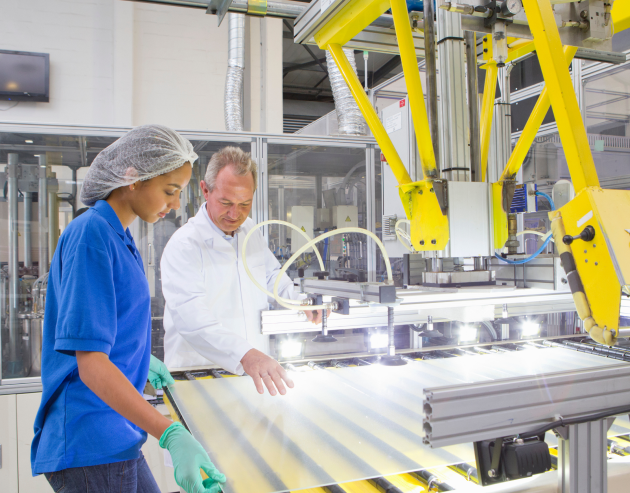
Raw Material Challenges: PV Glass
In late 2020 PV glass prices spiked, with spot prices nearly doubling between July 2020 and December 2020 for many reasons including:
- Increased demand for glass//glass modules.
- Temporary production declines as manufacturers shifted to thinner glass.
However, glass manufacturers rapidly resolved manufacturing issues and ramped up new capacity. Prices dropped in early 2021 and have since remained relatively stable, despite continued production challenges.
View Chart from Exawatt
Shipping Challenges: More Power per Container
Since early 2020, average global ocean shipping costs have increased by around 600%. Shipping costs from China and Southeast Asia to the West Coast of the U.S. spiked by >10x.
But the trend toward larger PV wafers can partially offset higher costs. Modules based on 182 mm and 210 mm wafers have average packing densities around 40% higher than those based on 156.75 mm wafers.
Manufacturers of 210 mm-based modules significantly improved packing density during the past year, with the average power per 40’ (12 m) high cube container jumping to >340 kW in Q1 2022, an increase of almost 20% from 12 months earlier.
View Chart from Exawatt
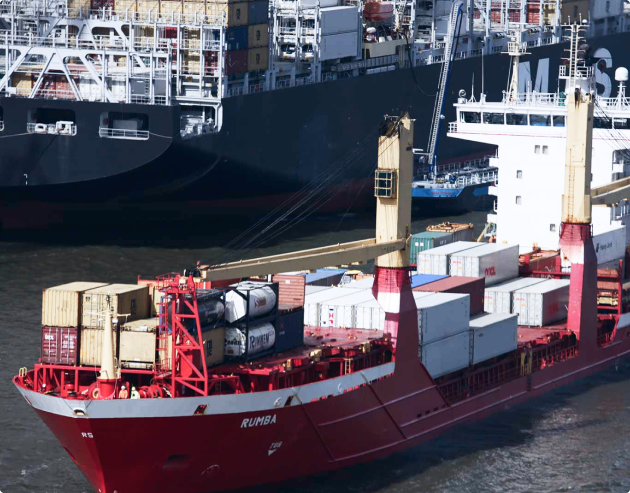
View Past Editions of the Scorecard
“We are proud to be recognized as a PVEL Top Performer for the eighth consecutive PV Module Reliability Scorecard. Trina’s consistent and exemplary performance in PVEL’s rigorous independent testing is accepted by the market as clear evidence of our long-standing commitment to product quality.”
Helena Li, President, Global Module & Cell Business, Trina Solar
Methodology
We use a consistent methodology for testing and ranking PV modules: the Product Qualification Program. Our process helps buyers compare products consistently from year to year and Scorecard to Scorecard.
Our testing goes beyond the model types of PV modules to assess bills of materials. This approach ensures buyers can procure the specific products that we have validated in testing.
Failures
In a year of successes, PVEL also observed failures in testing for the PV Module Product Qualification Program. While fewer manufacturers experienced a failure this year as compared with the 2021 Scorecard, one quarter of BOMs suffered at least one failure during testing. The greatest number of failures occurred during the damp heat sequence. Explore 2022 failure data to learn more.
Download the Summary
A summary of the 2022 PV Module Reliability Scorecard is available for PDF download. It provides buyers with a quick reference to Top Performers and high-level insights from testing.
Continue exploring the online edition of the Scorecard for a searchable database of Top Performers, profiles of top-performing manufacturers, insights into financial impacts of various tests, and more.
Research and Press
PVEL collaborates with the PV research community and media to share data that matters with the solar industry. Download the 2022 Scorecard Media Kit to learn more. For interview requests, contact pr@pvel.com.


About Us
PV Evolution Labs (PVEL) is the leading independent lab of the downstream solar market and a member of the Kiwa Group.
Our testing and technical services help mitigate risk, optimize financing and improve system performance throughout the solar project lifecycle.
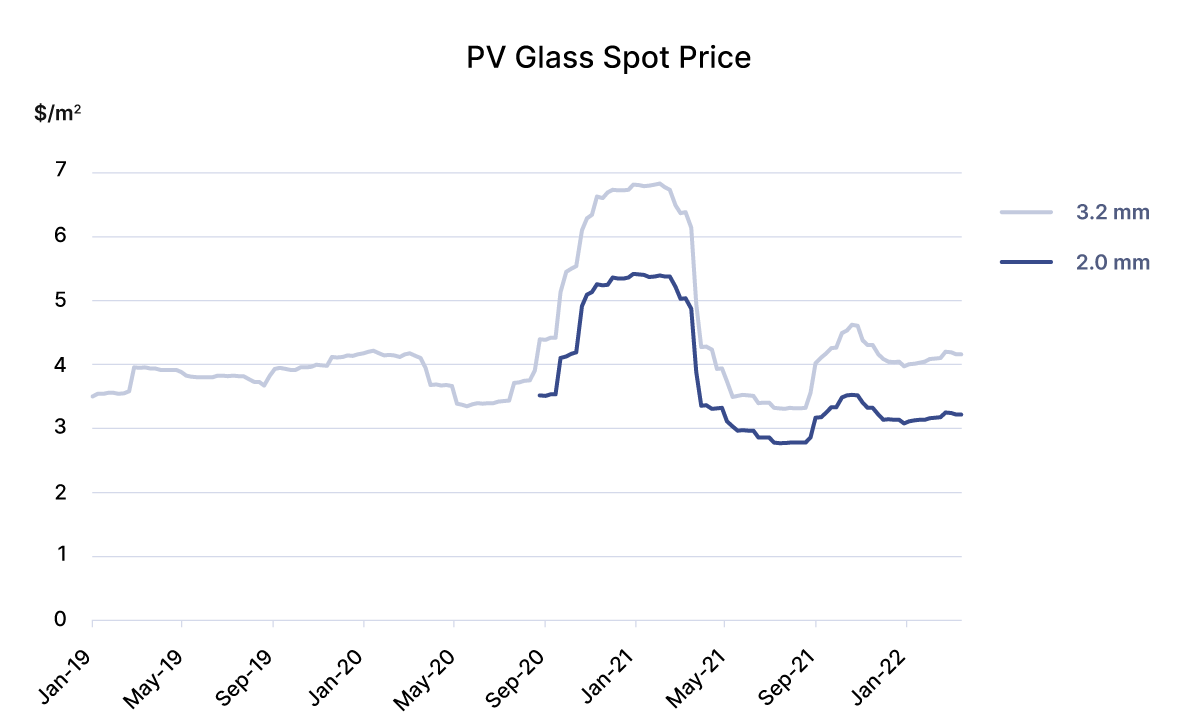 Source:
Source: 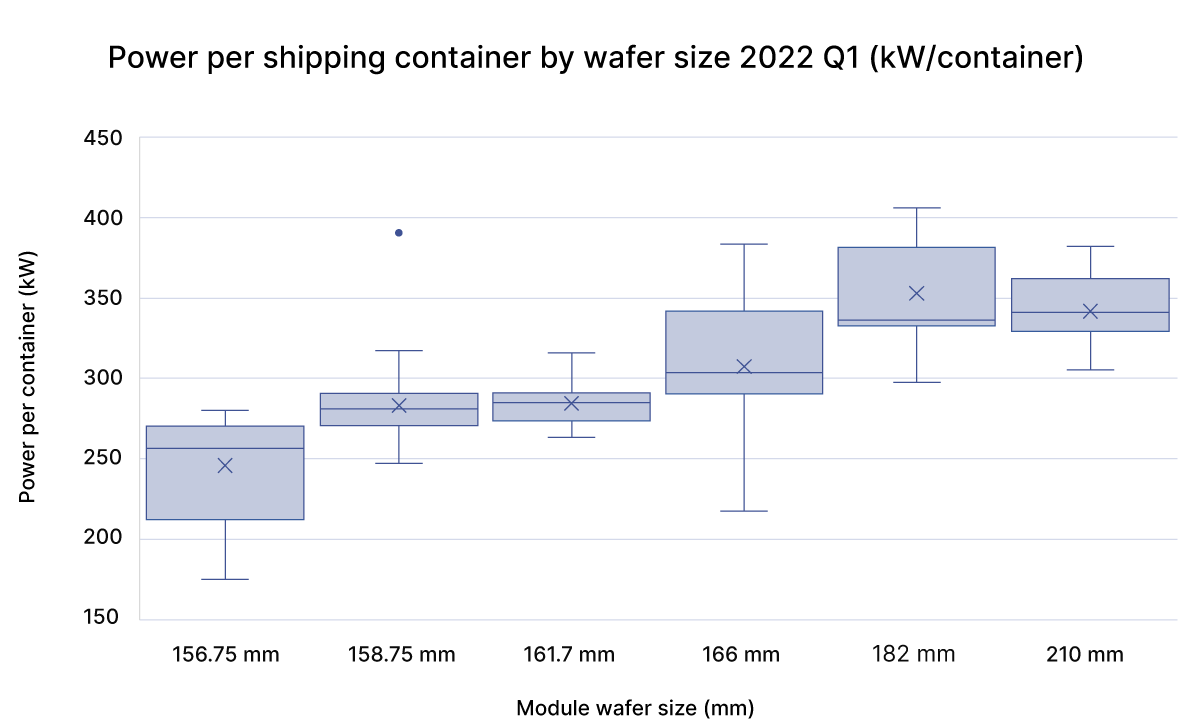 The data above is based on 40’ (12 m) high cube containers. Each series represents the range of power per container for a single module series based on its average module power.
The data above is based on 40’ (12 m) high cube containers. Each series represents the range of power per container for a single module series based on its average module power.